How to the process inclusion melt the magma
Silicate melt inclusions are ubiquitous in quartz phenocrysts, yet there are few studies of such inclusions from porphyry copper systems. A melt inclusion forms when magma is trapped in a growing phenocryst. If a phenocryst is able to preserve the original parent magma, then accurate information can be obtained for ancient volcanic systems. In recent igneous systems, melt inclusions are commonly preserved as optically clear homogeneous glass representative of magma stored at depth before eruption. Melt inclusions are difficult to recognize in quartz phenocrysts from porphyry copper system because they are crystalline and hidden by exsolved magmatic volatiles. The inclusions range in size from less than 5 to over 150 μm. In order to evaluate the magmatic contribution to economic mineralization, we conducted three separate studies to determine whether or not crystallized melt inclusions preserve representative samples of magma. Silicate melt inclusions: Vtechwork source
A fluid inclusions is a microscopic bubble of liquid and gas that is trapped within a crystal. As minerals often form from a liquid or aqueous medium, tiny blebs of that liquid can become trapped within the crystal structure or in healed fractures within a crystal. These small inclusions range in size from 0.1 to 1 mm and are usually only visible in detail by microscopic study. Wikipedi
source
When minerals begin to crystallize in the magma kitchen, there are often imperfections in the crystal defect that make the crystal surface not uniform. We often observe this part in the form of impurity points known as inclusions.
Among the types of inclusion are fluid inclusions and melt inclusions. Both are similar but not the same thing. Both types of inclusions can be distinguished one of them is from the phase. Fluid inclusion has a gas or liquid phase, whereas molten inclusion has a solid phase without a crystal system, or in the form of a glass.
Optical examination at room temperature of phases present among magmatic inclusions is a prerequisite to and a keystone in the immiscibility studies. If you want to know how the methodology for magmatic problems- more be complete you can read here: Click Magmatic Inclusions In The Search For Natural Silicate-Salt Melt Immiscibility: Methodology And Examples source
New analytical results for the composition of shrinkage bubbles (0.9–7.0 vol.%) in olivine-hosted (Fo < 80%) primary melt inclusions (MIs) have been incorporated into a novel geochemical model for San Cristóbal volcano, Nicaragua. The vapor, liquid, and mineral components found inside shrinkage bubbles may represent relics of early C-O-H-S fluids exsolved from a magmatic-hydrothermal system. This conclusion is supported by high-resolution Raman microspectroscopy revealing: (1) gaseous CO2 (d = 0.17–0.31 g/cm3 in 31 samples) coexisting with liquid H2O (in 7 samples) at ambient temperature (<22 °C) inside the shrinkage bubbles of naturally quenched inclusions; (2) several mineral phases (i.e., Fe, Cu-sulfides, Ca-sulfates and Mg-carbonates) formed along the bubble–glass interface, as confirmed by electron backscattered/energy-dispersive spectroscopy. The presence of liquid water was revealed by applying a novel subtraction method to fitted Raman spectra that isolated an isosbestic liquid-water band at 3460±60/cm-1 (mean ± SD). The C-O-H-S magmatic fluid system source
Physically there are at least two types of magma melt inclusions, namely glassy inclusion, and crystalline inclusion.
Glassy inclusion has a homogeneous, clear and translucent appearance, while crystalline inclusions have a cloudy appearance, are not transparent, and are not homogeneous. When observed with a high magnification, you will see the appearance of minerals that grow in the body, or what is known as a mineral daughter.
We can find bubbles both in inclusions which are both crystalline and crystalline. This physical difference is a function of the length of cooling, size of inclusion, and the composition of inclusions.
The longer the cooling process (for example in the body of a very large magma), then the possibility of minerals to form higher. The larger the size of the inclusion, at the same temperature change, the faster the crystallization process. Saturation of magma melts on water is thought to increase the likelihood of inclusion to crystallize.
SMI is used by experts for various studies related to magmatic processes such as to determine the history of volcanic eruptions, the type of fluid contained in the magma, the movement of magma to the surface, and the evolution of magma.
This is because SMI contains concentrations of volatile elements that reflect the original magma, which in general has been released into the atmosphere as magma rises to the surface. Volatile elements that are often used and found in SMI include H2O, CO2, S, and Cl.
Knowledge of magmatic processes and fluids in magma becomes very important. This process can explain the formation of ore minerals that produce metals such as gold, silver, and copper.
In addition, SMI has also recently conducted a study on geothermal potential. This is very important in the current period of renewable energy, especially for our country Indonesia with a wealth of 129 fire mountains.
Reference:
Silicate melt inclusions: Vtechwork source
the C-O-H-S magmatic fluid system source
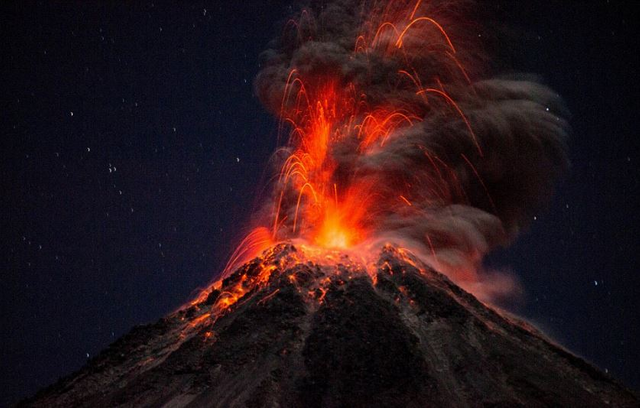
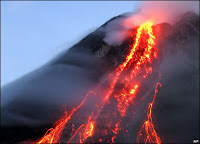
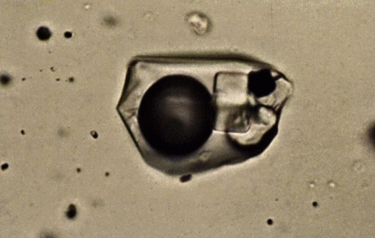
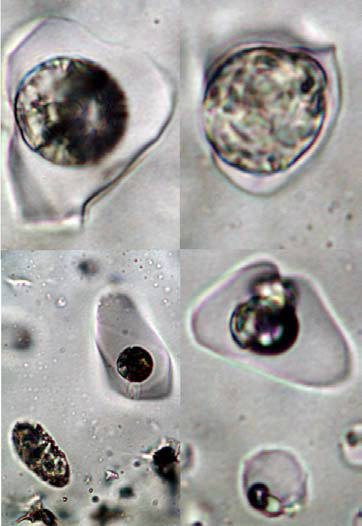
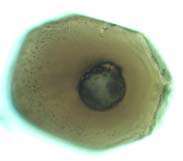
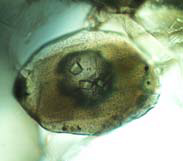
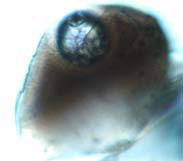
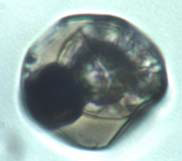
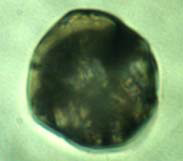
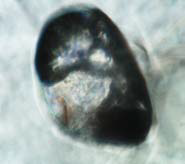
Thanks for using eSteem!
Your post has been voted as a part of eSteem encouragement program. Keep up the good work! Install Android, iOS Mobile app or Windows, Mac, Linux Surfer app, if you haven't already!
Learn more: https://esteem.app
Join our discord: https://discord.gg/8eHupPq